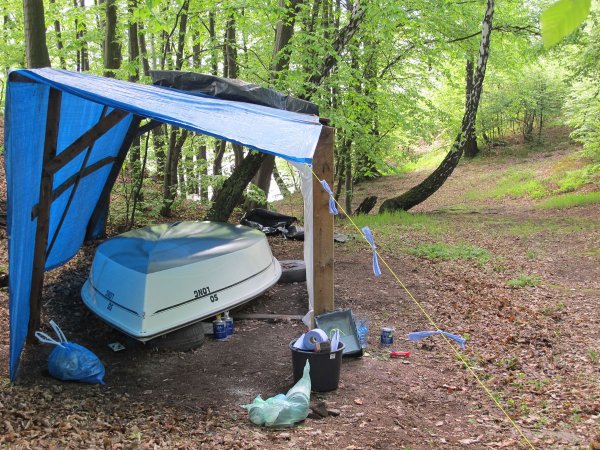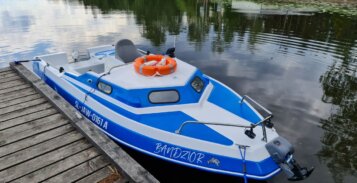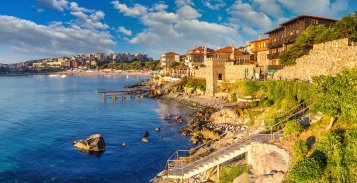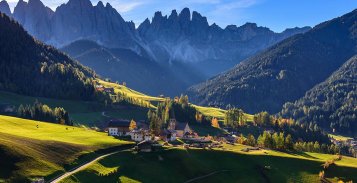
«The next layer isantiosmoticHSEpoxy Primer Sea-Line. It is verydense, you have to get used toher characterand learnto imposeequallayerswith a roller.Withthree layersshouldgo.Certainlymoreamazedpeoplewould achievebetter effect,butfor a firstcontactwith this type ofworkthe end resultwas verysatisfactory. Thanks largely tothe paint, which does not dripso easyandgoodspillsto forma uniform layer. «
Full reportofrenovationJakubaMitki
Description ofrepaircan be found at: http://kluczka.pl/blog/
andin the journalYacht-Market,March 2015

Disculpa, pero esta entrada está disponible sólo en Polaco y Inglés Estadounidense.

Opinion of our distributor from Bulgaria, Nicolai from Watersports Equipment – Varna, who works with Sea-Line for 5 years. «Watersports […]

Opinion of our distributor from Switzerland, Jürg from ANWANDER – Näfels. ‘My name is Jürg Iselin from ANWANDER in Switzerland. […]

Opinion of our distributor from Gibraltar, Gaynor from GIBYACHTS – Gibraltar. «Wanted to take few moments to talk to you […]

Para rellenar cavidades y hacer frente a las desigualdades causadas por daños o durante el curso de la producción

Barcos de superficie de impacto de las actividades de ósmosis y la corrosión destructiva en ambientes hostiles

Protección contra el agua y contra los efectos negativos de los rayos UV

Proteger la parte inferior de la embarcación antes de las incrustaciones de algas y conchas. Protección contra el agua

Eliminación efectiva de arañazos, color refrescante y gelcoat brillo o pintura

Preparaciones especializados para la limpieza y restauración efectiva

Laminación, encolado y relleno de fisuras en gelcoat

Una serie de productos útiles durante el constructor de barcos de trabajo